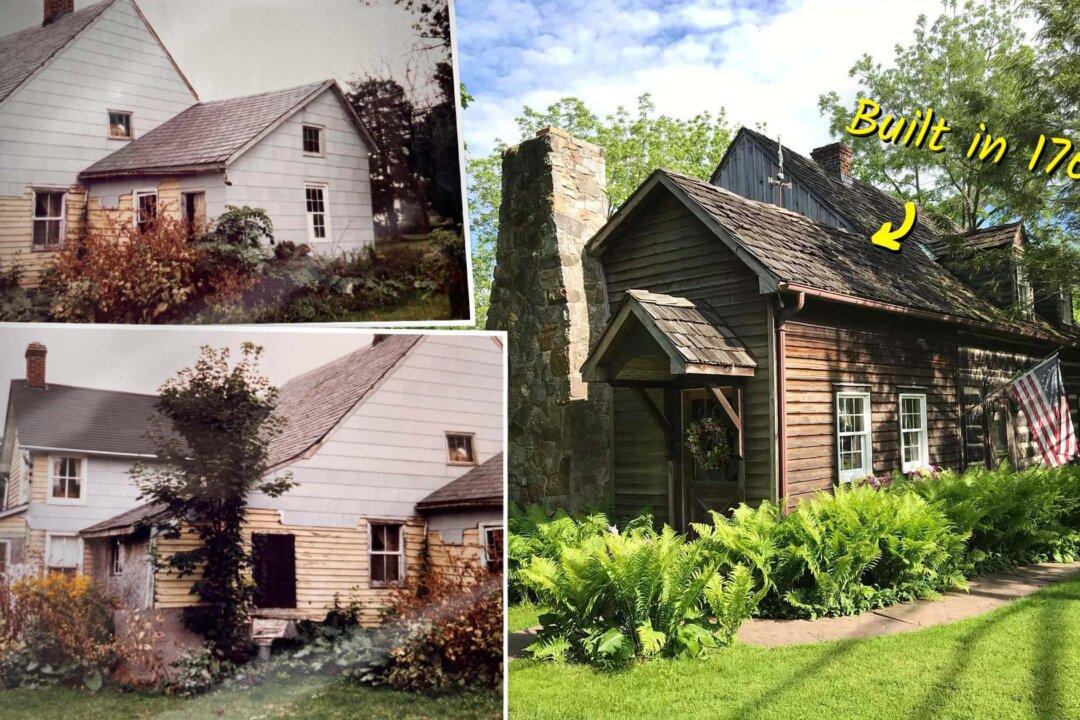Just up the road from where several limestone quarries regularly rattle the town of Nazareth, Ronnie Simpson lives in a house surviving from colonial America, built in 1761. Undoubtedly, horse-drawn carriages once bustled by that house, heading to and from town when it housed no more than a few dozen inhabitants. In those days, only Moravian Christians, who spoke German, were allowed to settle here.
With her husband, Richard, Ms. Simpson bought this piece of living history in 1984 and still has the original deed. It bears the name of none other than William Penn, founder of Pennsylvania, who once owned the whole colony. King Charles II had granted it to Mr. Penn in England before he left for America in 1682. On his arrival in the New World, after he’d traveled up the Delaware River, colonists pledged allegiance to him and a Quaker government was set up. Much like the settlers of Pennsylvania, Mr. Penn held compelling religious convictions.






